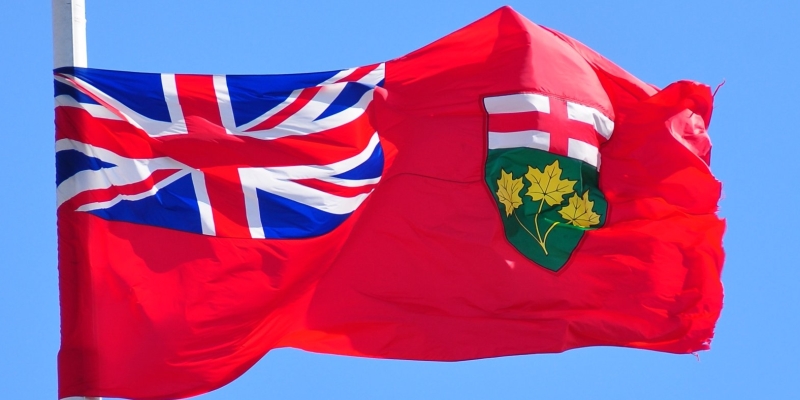Tax relief should be top priority for Doug Ford

Last week, voters delivered a decisive victory for Doug Ford’s Progressive Conservative Party of Ontario. While there’s no shortage of pressing policy issues facing the incoming government, tax relief should be top of mind for premier-designate Ford.
A recent Fraser Institute analysis found that the average Ontarian family (consisting of two or more people) will pay 43.3 per cent of its income in federal, provincial and municipal taxes this year. This includes income taxes, payroll taxes, sales taxes, property taxes, carbon taxes, profit taxes, import taxes and much more. If families paid all their taxes upfront, they’d had given every dollar earned to government before June 9.
For the average Ontario family’s tax bill, the provincial government is responsible for about one-third. So there’s significant room for tax relief. Further, well-designed tax reform would make Ontario a more attractive destination for investment and skilled professionals. So what would pro-growth tax reform look like?
First, the government could overhaul the province’s personal income tax system, which is Ontario’s biggest tax competitiveness problem. Ontario’s top combined provincial-federal tax rate is 53.53 per cent—the second highest in Canada or the United States. For every extra dollar a high-earning skilled worker earns, governments take more than half in income taxes. A large body of research shows high marginal tax rates discourage many productive activities that benefit the whole economy.
Again, a punitive top rate makes Ontario less attractive for entrepreneurs and skilled workers. Tax rates aren’t the only factor, of course, but it’s easy to see why high earners may find Michigan’s 41.25 per cent combined federal/state top income tax rate (which kicks-in at a higher income level, by the way) more attractive.
Of course, some may wonder if Ontario can afford to cut income taxes. Fortunately, it can.
A recent study estimated that if Ontario introduced a single 8 per cent income tax rate (with measures to ensure no lower-income residents faced tax increases), revenue would decline by $7.6 billion in 2018/19 (in the context of a $159 billion operating budget). This could be almost entirely offset by cancelling planned spending increases in this year’s budget.
This is hardly draconian, since spending increased significantly last year. With a spending freeze in 2018/19, spending this year would still be up 6 per cent in nominal terms over the past two years. This single year of restraint would create the fiscal room to reduce Ontario’s combined top personal income rate to 41 per cent, and Ontario would go from having the second highest top rate in Canada and the U.S. to 12th lowest.
A tax reform package could further enhance growth if it reduced the corporate income tax rate. Ontario faces new competitiveness challenges given recent sweeping federal corporate tax reform in the U.S. Some of the necessary fiscal room could be created by reducing expenditures on business subsidies currently delivered through more than 100 different provincial programs.
Some may claim reducing corporate taxes would only benefit “the rich,” but research shows business taxes in Canada are largely passed along to workers in the form of lower wages. Corporate tax reduction would therefore benefit families across the income spectrum.
Premier-designate Ford should improve economic incentives and enhance competitiveness. Clearly, a well-designed tax reform package can help achieve these goals while providing welcome relief for Ontario families.
Authors:
Subscribe to the Fraser Institute
Get the latest news from the Fraser Institute on the latest research studies, news and events.

